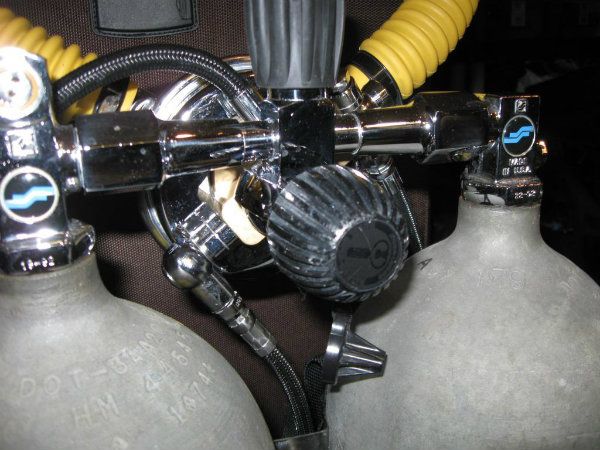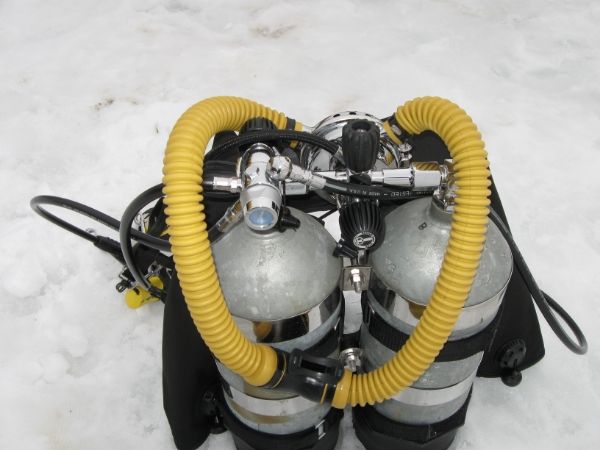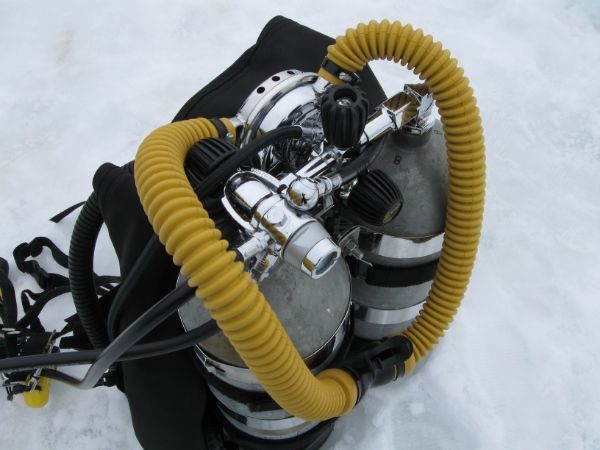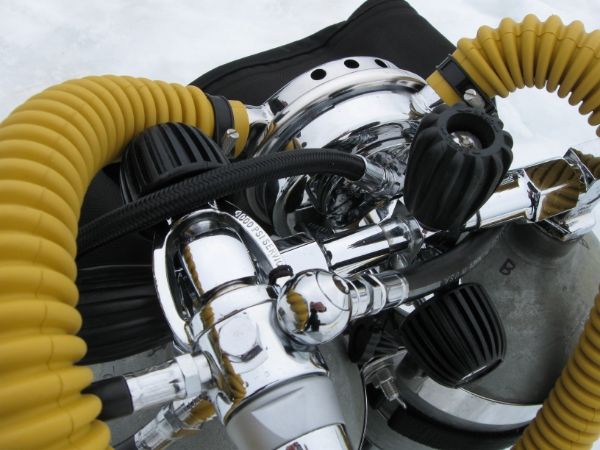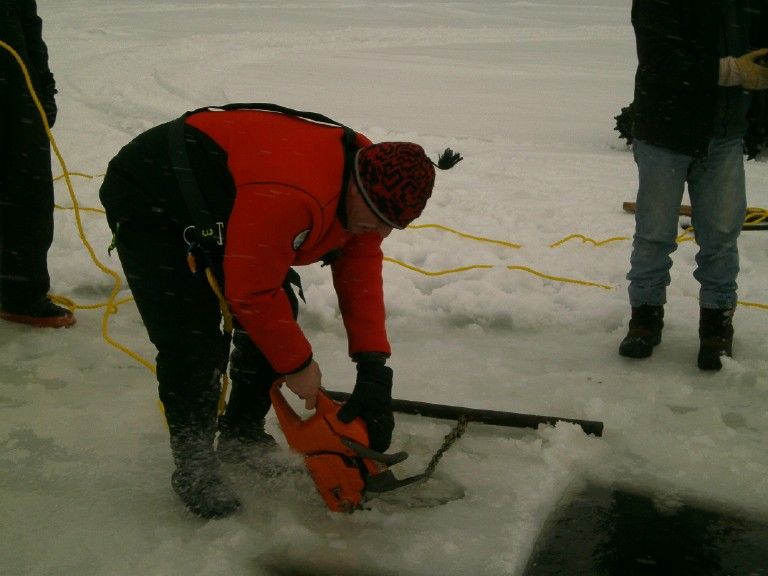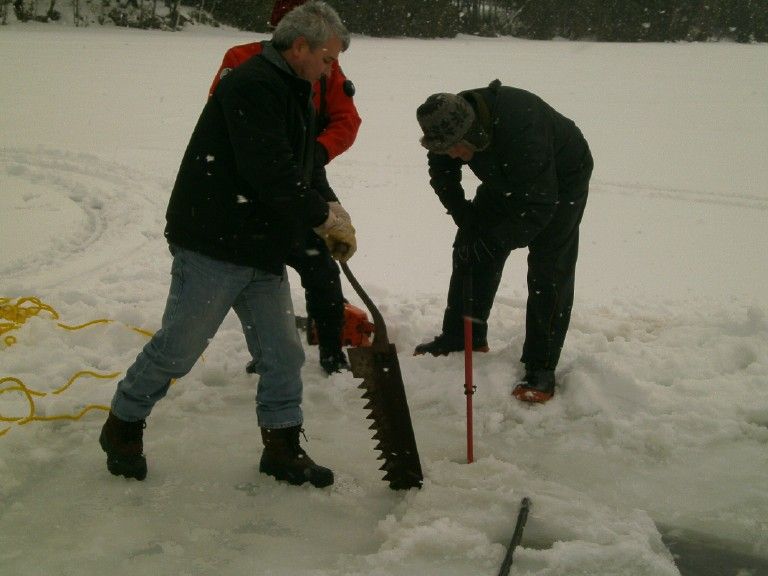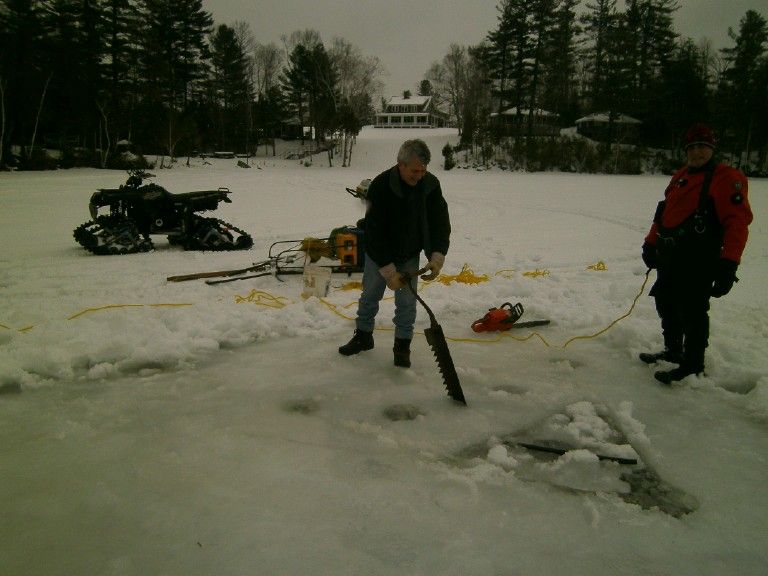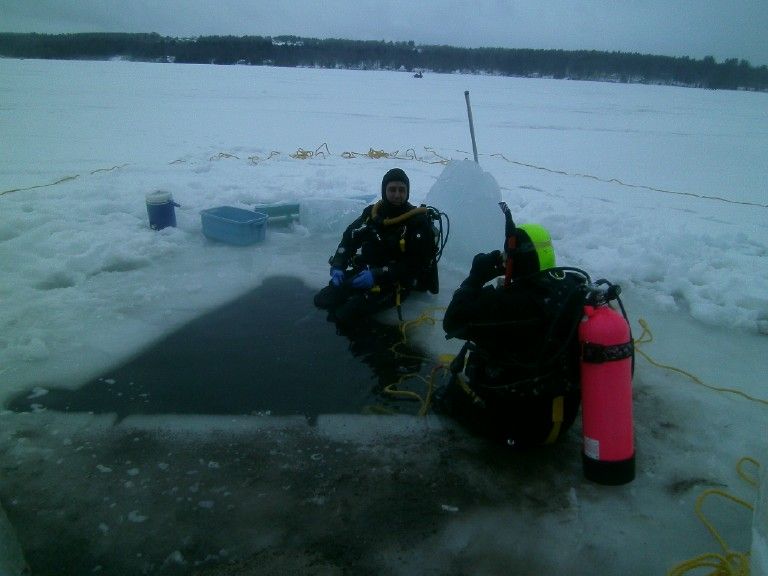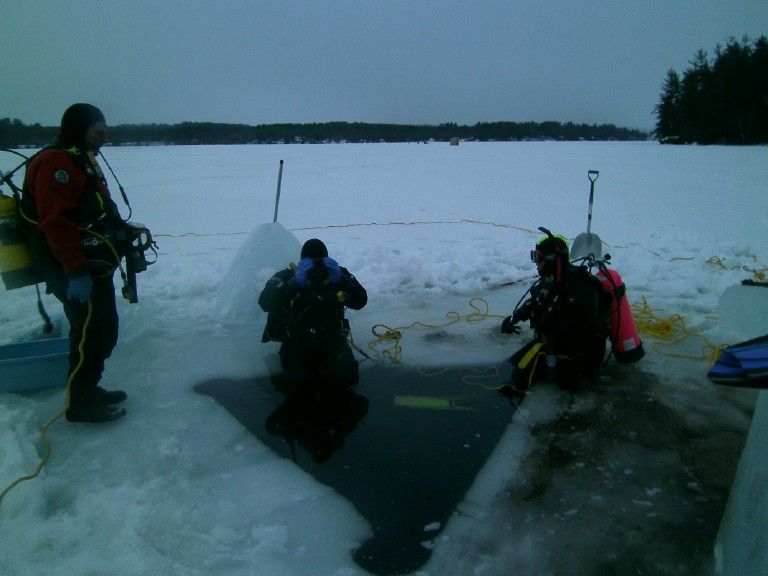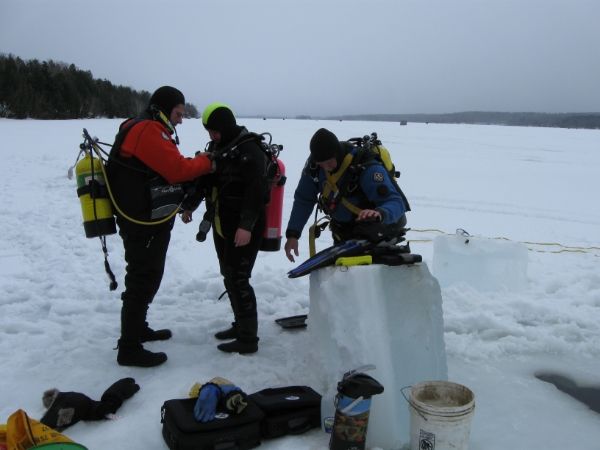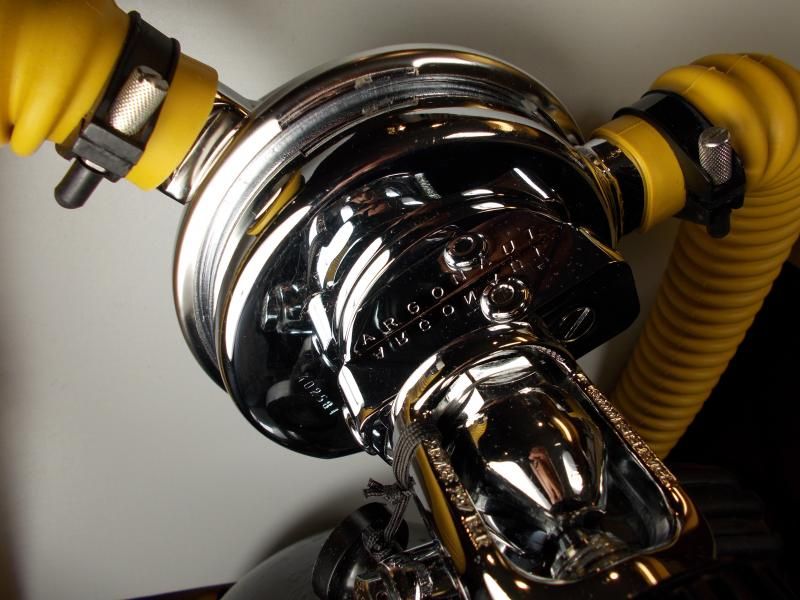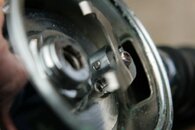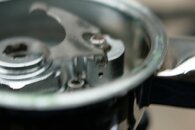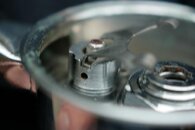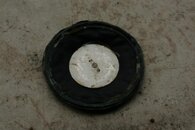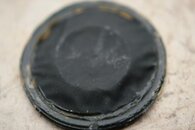I have been asked a couple times if I was using the Mentor as a model when designing the Argonaut. The question has come up again recently with the recent pictures of the Mentor in another thread. The short answer is: no.
The longer answer is that the Mentor and the Argonaut both follow the long heritage of the Royal Aqua Master.
The similarities can be easily explained from the theory of converging evolution or converging design evolution. It is not uncommon that two or more designs converge on very similar solutions when they are given the same requirements and similar or the same constraints.
I cant speak for Aqua Lung, but my observation is that we share very similar design philosophies of backwards compatibility. This will explain why we are both using the exact same first stage design introduced (by Aqua Lung/ US Divers) in 1965. Several other companies also use the exact same or a very similar design.
My 2005 Phoenix design also uses the same first stage mechanism (with the replaceable volcano orifice).
One of the advantages of using that first stage is the availability of replaceable parts from multiple sources. The same (fit and function) first stage seat was used by Voit and now by Mares.
The second stages of the Mentor and the Argonaut look similar, but there are a number of differences in detail. Both second stages are downstream demand valves, but most of the similarities stop there.
My second stage is an evolution from my HPR design with some subtle (but important) improvements. One improvement that I will share at this moment is the use of a replaceable and adjustable volcano orifice.
Anyone familiar with the HPR knows that the venturi flow is also adjustable.
I will explain many more of my second stage (and main body) design details and features later, but for now I will just say that every design detail was carefully considered and optimized for performance, simplicity, reliability, and ease of fabrication.
Some of the details in the Mentor are beautiful, but it also reflects a huge budget difference when designing and fabricating a regulator specifically intended for the US military.
I have not tested a Mentor, but based on all the testing I have done with the Argonaut (and many other regulators), I have a very strong opinion that the performance of the Argonaut is very hard to beat
at a fraction of the production cost of a Mentor.



